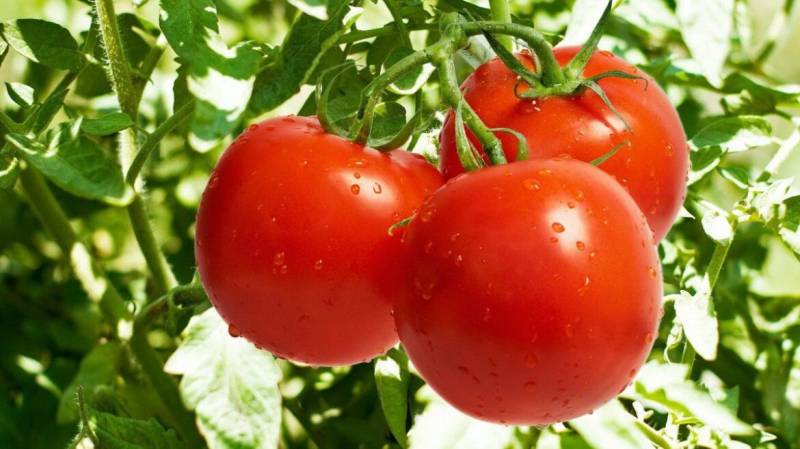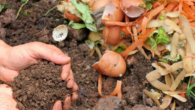
Nitrates are no longer terrible: what to treat tomatoes so that they do not accumulate nitrates
0
nitrogen fertilization plays a decisive role in the accumulation of nitrate plants. Unlike cucumbers or zucchini, tomatoes need much less nitrogen. The need is high in early summer, when the formation of leaves is active. What is the hazard of excess nitrogen
Mistakes even occur in experienced summer residents. The desire to please your favorite crops leads to the fact that tomatoes receive much more nitrogen than needed. This happens as a result of:
- Frequent use of green grass infusion;
- overdose of cow or birds; >
- Feeding with ammonia;
- Hot mulch abuse
The summer residents are afraid of mineral fertilizers, but lose their vigilance using folk remedies. After all, to calculate the exact dosage of nitrate or urea is much easier than manure or wandering. Since they do not cope with a large amount of nitrogen incoming.Noticing the dark green leaves, thick shoots and the absence of ovaries, nitrogen should be excluded from fertilization, and instead focus on potassium-phosphorus fertilizer, which will help to redirect the energy of the tomato to the growth of greens to flowering and fruiting. But what to do with nitrates? It's iron. Iron regulates nitrogen metabolism in plants, accelerates its absorption, stimulates protein formation. Spraying on a leaf with a 1%solution of iron sulfate (1 tsp. 10 liters of water) will relieve the fruit of nitrates. You can do this by simply adding to the above solution 1 tsp. citric acid. Chelate iron is better absorbed, because it is in this form that plants consume metals. And citric acid holds the metal ion in soluble state until it enters the plant.
Using this recipe, you can not worry about the safety , if properly dispensing nitrogen fertilizers.









Leave a Reply